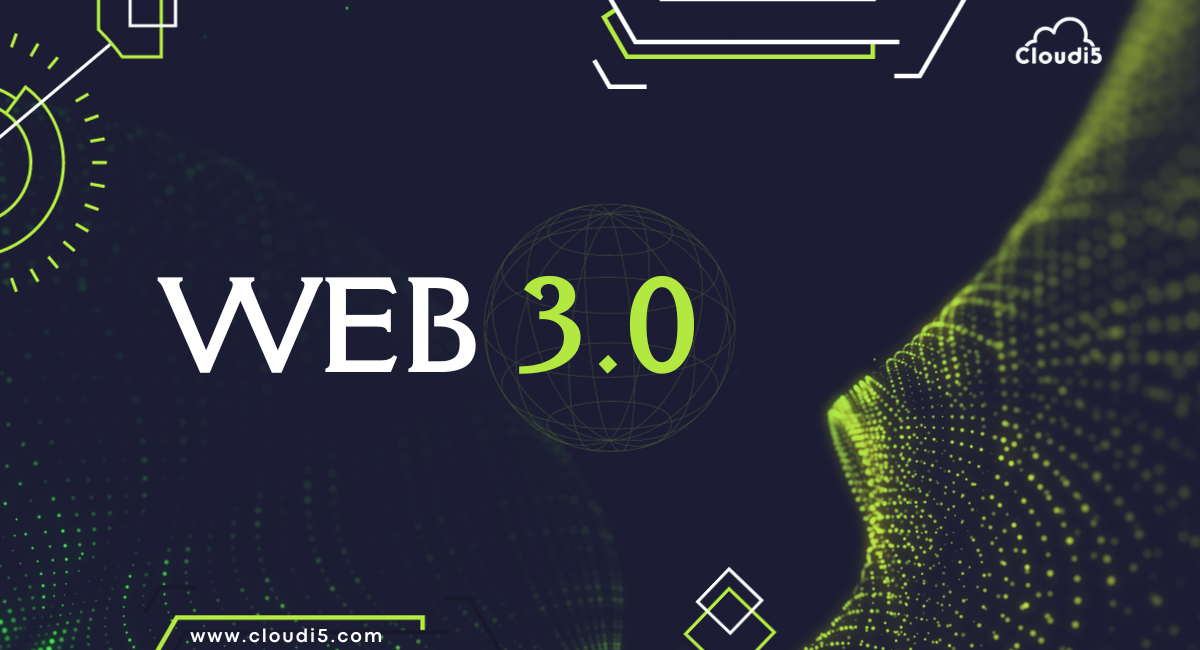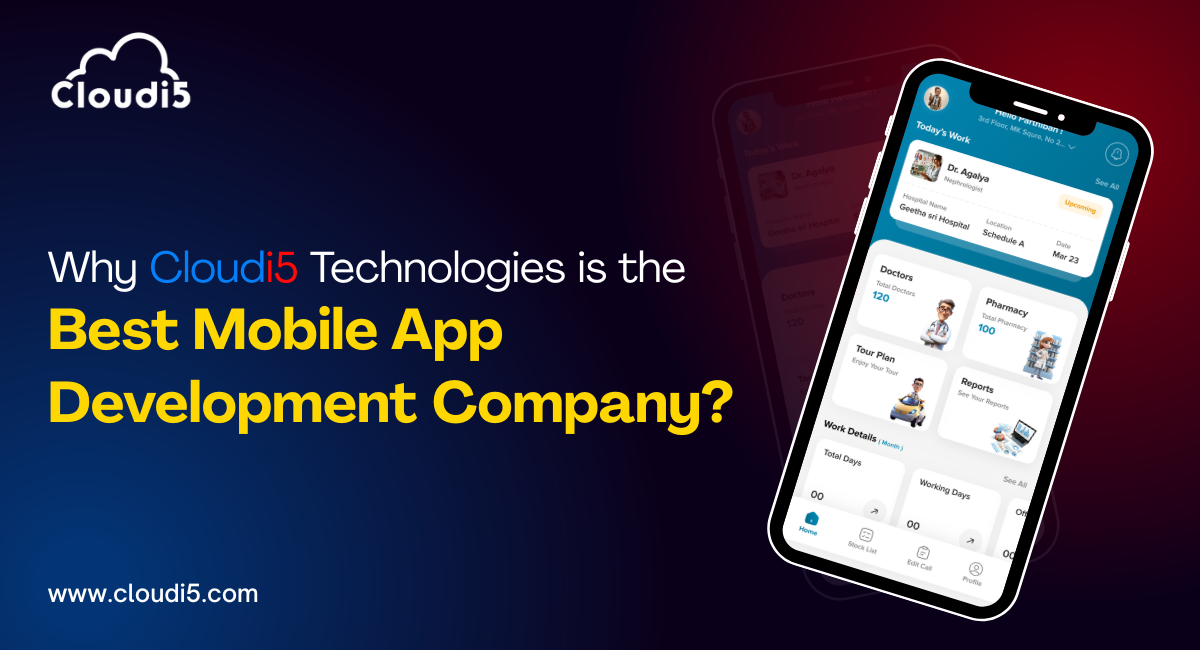
Web 3.0: Decoding The Future From Web 1.0
Welcome to Web 3.0!
Remember Web 1.0's basic websites and Web 2.0's social media craze? Well, get ready for the next big thing. Web 3.0 is here! It's all about decentralization and blockchain power, breaking free from big tech's grip to create a fairer internet for all.
Let's explore this exciting new frontier together in our blog!
What is Web3.0?
Web3.0 is the next evolution of the internet, aiming to create a more decentralized, secure, and user-controlled online environment. Unlike the current web, which relies heavily on centralized entities like tech giants and servers, Web 3.0 uses decentralized systems like blockchain to give users more control over their data and interactions.
In simpler terms, Web 3.0 is about building a more democratic internet where users have greater autonomy, transactions are secure without needing middlemen, and innovation thrives without strict gatekeepers. It's like a more open and transparent internet where anyone can participate and contribute without needing permission from a central authority.
Curious about how Web3.0 will transform the internet? Let’s See!
How does Web3.0 work?
Web 3.0 is still in its early stages of development, and there is no single definitive answer to the question of how it will work. However, there are a number of key technologies and concepts that are likely to play a role in its implementation.
Decentralization
One of the defining characteristics of Web 3.0 is its focus on decentralization. This means that Web 3.0 decentralized applications (dApps) and services will not be controlled by any single entity, such as a government or a corporation. Instead, they will be run on a network of computers that are all connected to each other.
This decentralized structure has several potential benefits. It can make Web 3.0 applications more resistant to censorship and fraud. It can also give users more control over their own data.
Blockchain technology
Blockchain technology is another key component of Web 3.0. A blockchain is a distributed ledger that records transactions in a secure and transparent way. This makes it ideal for use in Web 3.0 applications, as it can be used to track ownership of digital assets and verify transactions.
Semantic Web
The Semantic Web is a vision for a future web in which information is organized in a way that computers can understand. This would make it easier for computers to find and process information, and it would also make it possible for applications to provide more personalized experiences for users.
Artificial intelligence
Artificial intelligence (AI) is also likely to play a role in Web 3.0. AI can be used to provide personalized experiences for users, to automate tasks, and to make predictions.
How these technologies will come together to create Web 3.0 is still an open question. However, the potential benefits of Web 3.0 are significant, and it is likely to have a major impact on the way we interact with the internet.
Key Features of Web3.0
The key features of Web 3.0 include:
- Decentralization: No single entity controls it; data is distributed across networks, enhancing security and transparency.
- Trustlessness: Built on technologies like blockchain, enabling direct, secure transactions without intermediaries.
- Permissionlessness: Allows anyone to participate without requiring approval, fostering innovation and inclusivity.
- Semantic Web: Structures information for machine understanding, enhancing search and data processing.
- Artificial Intelligence: Uses AI for personalized user experiences and smarter decision-making.
Web 3.0 signifies a shift towards a more decentralized, transparent, and user-driven internet, promoting innovation and the democratization of digital services.
What is Web1.0?
Starting with Web1.0, often referred to as the "read-only Web," it represents the initial phase of the World Wide Web. During this era, websites were static and primarily served as platforms for publishing information. Users had limited to no capability to interact or engage with these websites beyond simply consuming the content presented to them.
What is Web2.0?
The term "2.0" is often used to refer to the second version or iteration of something. For example, Web 2.0 refers to the second stage of the World Wide Web, while Windows 2.0 was the second version of the Windows operating system.
Web 2.0 refers to the second stage or iteration of the World Wide Web. It represents a significant shift in the way people interacted with the internet compared to its predecessor, Web 1.0.
Web 1.0 vs Web 2.0
Web 1.0 was like an early library online, with mostly static pages and little chatting. Web2.0 came along, making it more like a community playground. It allowed us to talk, share stuff, and create things together. In Web 2.0, we became active contributors, not just passive readers. This change made the internet more fun and social, like a big conversation where everyone gets to join in and add their thoughts.
For instance, social media platforms like Facebook or Twitter are great examples of Web 2.0. They turned the internet into a place where everyone can share thoughts, pictures, and opinions, creating an interactive and engaging online community.
Web 2.0 vs Web 3.0
Web 2.0 was like joining a big social party online. It brought us platforms like Facebook or YouTube, where we could all chat, share, and create together. Imagine it as going to a lively gathering where everyone's talking, sharing photos, and having discussions.
Now, think of Web 3.0 as an evolution beyond that party. It's like turning that social gathering into a smart, self-organizing community. For example, consider a decentralized platform like Ethereum. Here, people collaborate using smart contracts for various activities, like buying and selling digital assets without a middleman. It's like transforming that party into a community where everyone helps run things together, making decisions and trading among themselves without needing a central host.
So, while Web 2.0 introduced us to the idea of an interactive internet party, Web 3.0 takes it further, envisioning a decentralized, self-governing community online.
The Difference between Web1.0, Web2.0 and Web3.0
|
Feature |
Web 1.0 |
Web 2.0 |
Web 3.0 |
|
Content |
Static |
Dynamic |
Semantic |
|
User interaction |
Limited |
User-generated |
Intelligent |
|
Communication |
One-way |
Two-way |
Multi-way |
|
Control |
Centralized |
Decentralized |
Autonomous |
|
Applications |
Static websites |
Social media, e-commerce, mobile apps |
AI, blockchain, distributed ledger technology |
|
Data ownership |
No |
No |
Yes |
|
Monetization |
No |
Advertising |
Tokenization |
|
Infrastructure |
Client-server |
Peer-to-peer |
Distributed ledger |
|
Security |
Static security |
Dynamic security |
End-to-end security |
|
Privacy |
Limited privacy |
User-controlled privacy |
Data sovereignty |
|
Accessibility |
Limited accessibility |
Improved accessibility |
Universal accessibility |
The evolution of the Web has been marked by a shift from static content to dynamic interaction. Web 3.0 promises a more intelligent and interconnected Web with decentralized control, semantic data, and autonomous applications. Its potential includes enhanced privacy, improved accessibility, and new forms of monetization. As Web 3.0 and beyond continues to develop, it is essential to consider its ethical implications and ensure its benefits extend to all.
The Potential Benefits of Web 3.0
Web 3.0 offers potential advantages that could revolutionize the internet:
- Enhanced Privacy: Users gain more control over their data, reducing vulnerabilities to breaches.
- Secured Transactions: Blockchain ensures transparent and secure transactions, minimizing fraud risks.
- Encouraging Innovation: Open and permissionless, Web 3.0 fosters a creative environment for diverse applications.
- Improved Access: In underserved regions, Web 3.0's decentralized networks could facilitate easier and cheaper internet access, promoting global inclusion.
The Challenges of Web 3.0
Despite its potential benefits, Web 3.0 also faces a number of challenges. These include:
- Scalability: Blockchain networks struggle to handle large user volumes efficiently, requiring solutions to enhance speed and performance.
- Security: Vulnerabilities in smart contracts and decentralized applications pose risks, necessitating continuous efforts to fortify security measures.
- Regulation: The lack of a clear regulatory framework creates uncertainties in legal compliance and governance within decentralized systems.
- User Adoption: Transitioning users to Web 3.0 requires user-friendly interfaces and education to address complexity concerns and build trust in the technology.
Conclusion
Web 3.0 evolved from Web 1.0 by adopting decentralization, blockchain, AI, and enhanced user interaction. It promises to provide a more secure, transparent, and customized online experience, altering how we interact with information and with one another on the internet.
Discover our one-stop digital solutions hub. Stay informed, spark curiosity, and shape tomorrow's digital world with us. Join the journey, explore endless possibilities, and redefine your online presence.
Web 1.0 was 'Hello World,' Web 2.0 was 'Hello, friend,' and Web 3.0 is 'Hello, future—let's meme it up!
Trusted By












Leave Comments